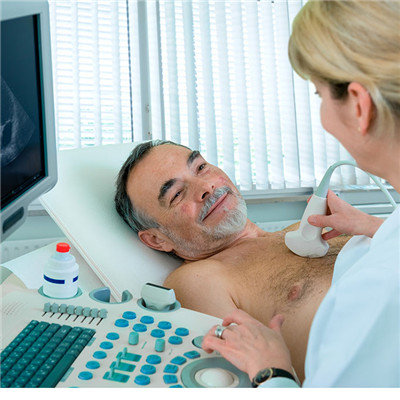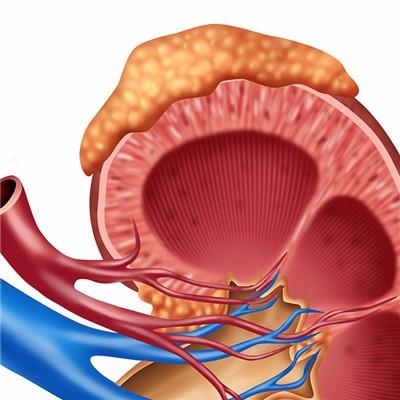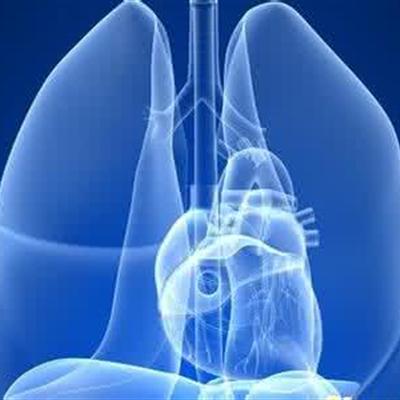What is primary exertional angina pectoris?
summary
According to the World Health Organization's "nomenclature and diagnostic criteria of ischemic heart disease", angina pectoris includes the following three types: primary angina pectoris, stable angina pectoris, and deteriorating angina pectoris. So, what is primary exertional angina?
What is primary exertional angina pectoris?
Primary angina pectoris refers to the past did not occur angina pectoris or myocardial infarction, the first occurrence of exertional angina pectoris course in 1 month. The patients who had stable angina pectoris had not occurred for several months, and the recurrence time was less than one month. Compared with stable angina pectoris, patients with this type of angina pectoris are younger, and their clinical manifestations are different.

Most patients with primary exertional angina have severe coronary artery occlusion. The main pathogenesis of the disease is as follows: (1) plaque rupture induces local platelet aggregation or incomplete blocking thrombosis; ② Plaque rupture induced vasoconstriction or spasm; ③ Atherosclerotic plaques develop rapidly and increase, squeezing the lumen to aggravate the stenosis.

Primary angina pectoris can occur in heavy physical strength, light physical strength and rest. In the same patient, angina pectoris can occur under different labor intensity, which reflects that the threshold range of angina pectoris is larger, suggesting that dynamic obstruction plays an important role in the pathogenesis of angina pectoris. The incidence rate of acute myocardial infarction was 8% to 14% in the first month, and then most of them were stable angina pectoris.

matters needing attention
Patients with first attack (initial onset) or frequent attack, aggravation (deterioration type), or supine position, variant type, intermediate syndrome, post infarction angina pectoris, who are suspected to be the prelude of myocardial infarction, should rest for a period of time and use long-lasting anti angina drugs to prevent angina pectoris attack. The following drugs with long-lasting effect can be used alone, alternately or in combination.












